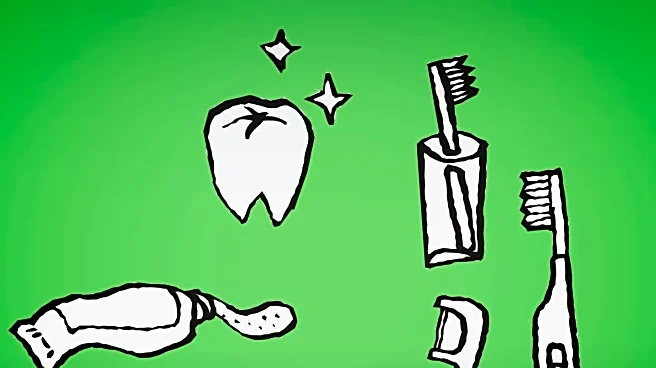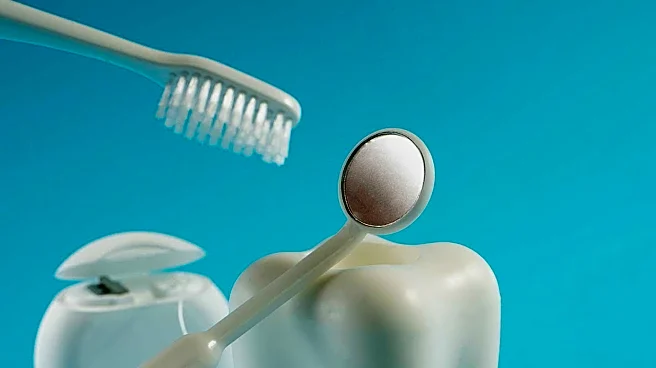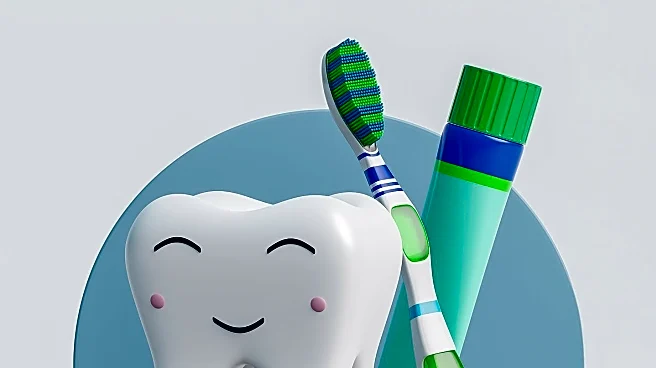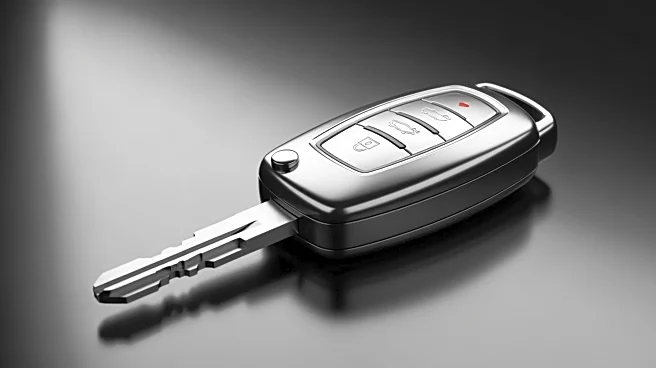What's Happening?
A recent report has highlighted a rare case of extensive pneumomediastinum following a dental air-polishing procedure. Surgical emphysema, characterized by air entrapment in subcutaneous spaces, is typically
associated with surgical extractions. However, this case reveals that even minor dental procedures like air-powered dental prophylaxis (APDP) can lead to such complications. The condition was identified through radiographic investigation, emphasizing the need for computed tomography imaging to form a definitive diagnosis. The report underscores the importance of involving multidisciplinary teams in managing such cases, regardless of their seemingly benign presentation. The findings point to an unmet need for evidence-based guidelines to ensure the safe use of air-powder abrasive devices in dental practices.
Why It's Important?
This case brings attention to the potential risks associated with common dental procedures, which are often perceived as low-risk. The occurrence of pneumomediastinum, a condition that can have serious health implications, highlights the need for increased awareness and caution among dental professionals. The report suggests that current literature may understate the dangers of air-powered dental prophylaxis, indicating a gap in safety protocols. This could lead to changes in dental practice standards and the development of new guidelines to prevent similar incidents. The broader impact on the dental industry could include increased training for practitioners and a reevaluation of the tools and techniques used in routine dental care.
What's Next?
The report calls for the development of evidence-based recommendations for the safe use of air-powder abrasive devices. This may involve further research to better understand the risks and to establish clear safety protocols. Dental associations and regulatory bodies might take steps to update training programs and safety standards to prevent such occurrences. Additionally, there could be an increase in the use of advanced imaging techniques in dental diagnostics to ensure early detection and management of complications arising from dental procedures.
Beyond the Headlines
The case sheds light on the ethical responsibility of dental professionals to stay informed about potential risks associated with their practices. It also raises questions about the adequacy of current dental education and training in preparing practitioners to handle unexpected complications. The incident could prompt a cultural shift within the dental community towards more cautious and informed use of technology in patient care.











